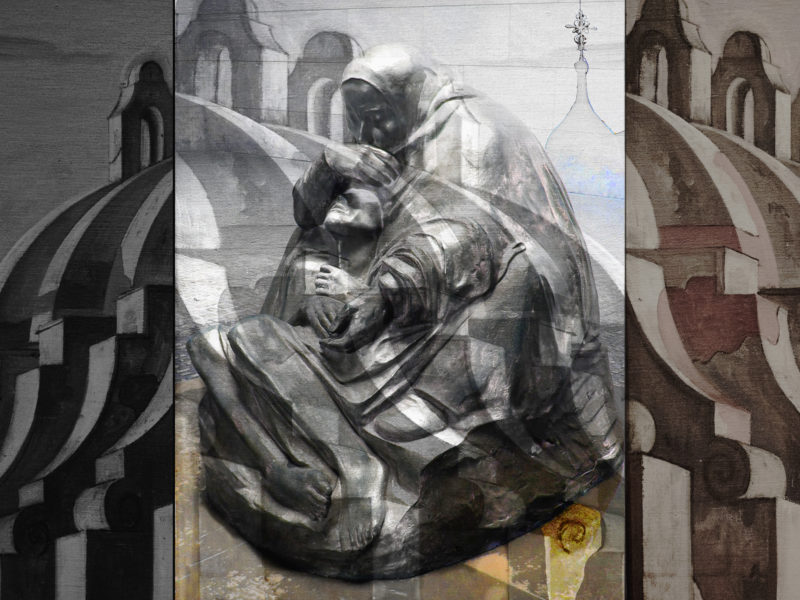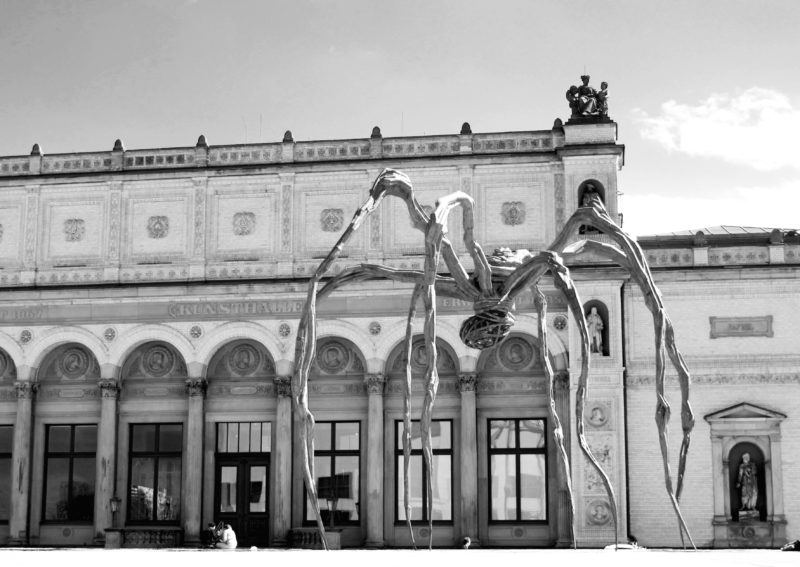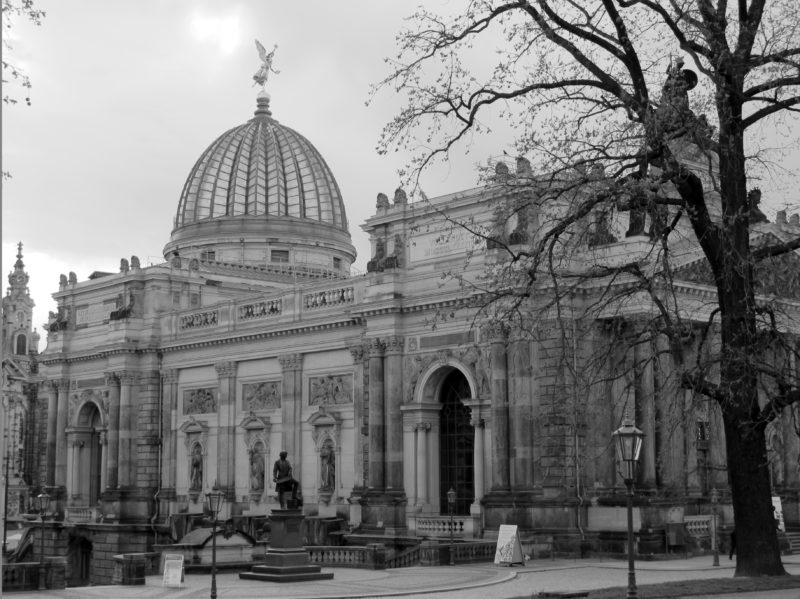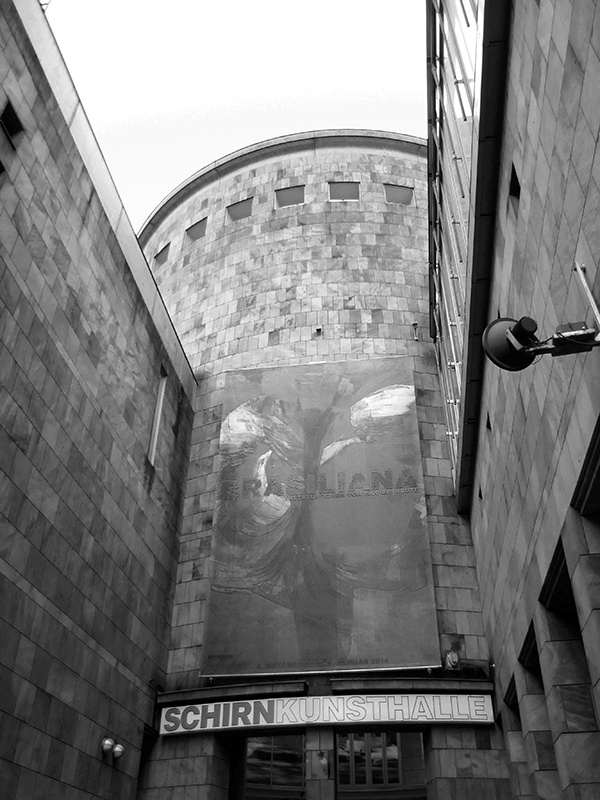Ziggy Stardust
· Chuck Conelly's David Bowie ·

When I photographed the young man in today’s featured image I immediately thought of David Bowie’s Ziggy Stardust, although by that time Bowie had already morphed to the Thin White Duke. He was a musician I always liked – except for the Major Tom phase – for his intelligence, his risk taking and his embrace of change. His death this January, then, was saddening although comforted by the album he released chronicling his last journey, called Blackstar.
 ( Music here:https://www.youtube.com/watch?v=kszLwBaC4Sw)
( Music here:https://www.youtube.com/watch?v=kszLwBaC4Sw)
Chuck Conelly, the great American painter, is now working on a series of Bowie portraits, the first one (below) painted shortly after the death of the musician. Conelly had withdrawn from public view for a quarter of a century after major conflicts within the art- and gallery world, living as a recluse in Philadelphia. Only last year did he start to show work again. He had met with Bowie some 30 years ago; I assume the portrait was not simply from memory. It surely captures some of the luminosity surrounding the artist. Here is a short intro to the painter: http://www.dailymail.co.uk/news/article-2997525/The-return-Chuck-Connelly-America-s-greatest-modern-artist-spiralled-control-upsetting-Scorcese-Saatchi-1980s-New-York-sober-selling.html




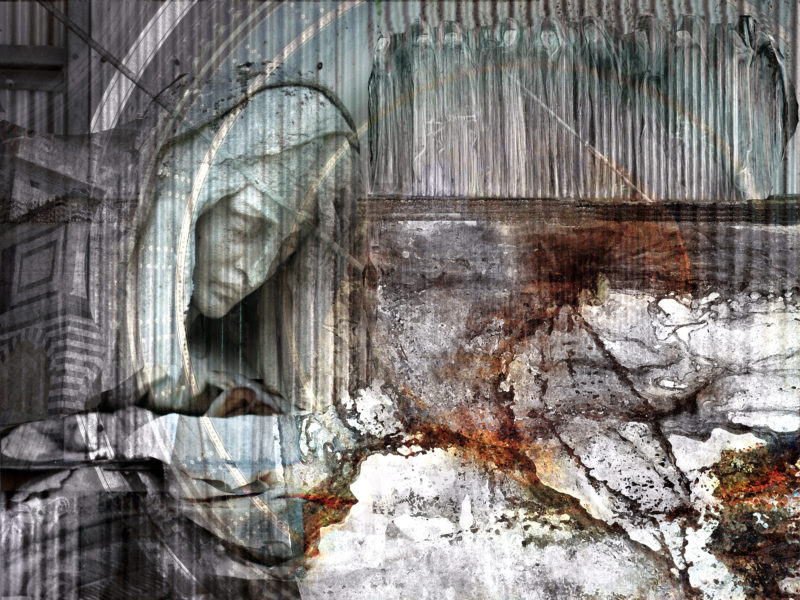

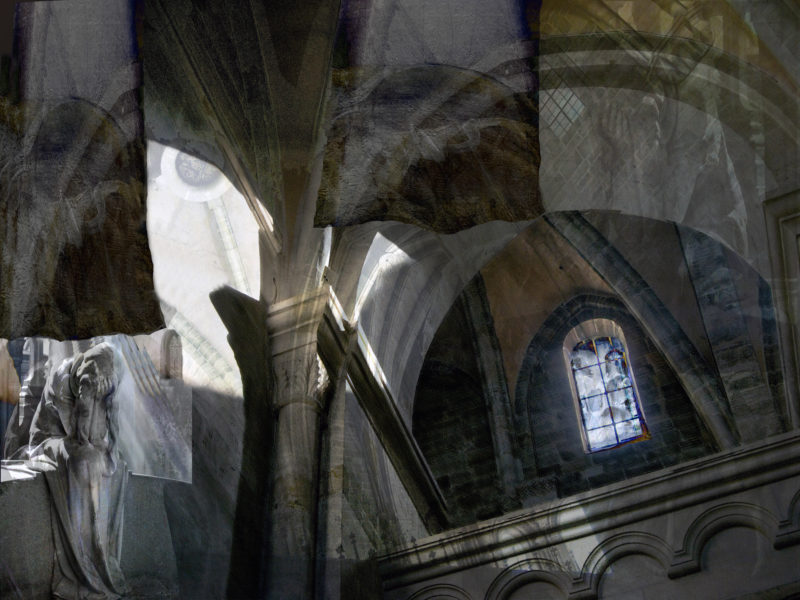



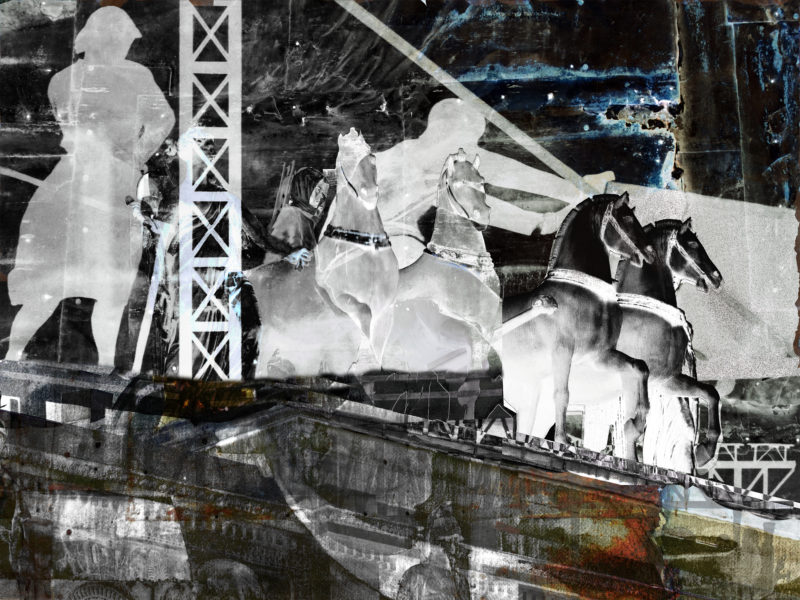

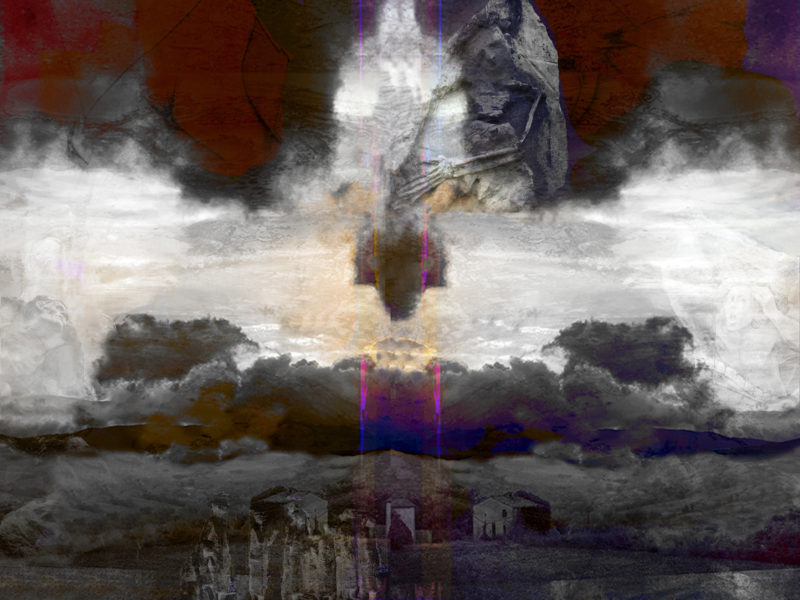
 Freud wrote in Civilization and Its Discontents (1930), “The present cultural state of America would give us a good opportunity for studying the damage to civilization which is thus to be feared.” His enduring nightmare, that America, with its notions of Exceptionalism and Manifest Destiny, would be “gain[ing] control over the forces of nature to such an extent that with their help they would have no difficulty in exterminating one another to the last man” was made real in 1945. In August of that year atomic bombs were deployed over Hiroshima and Nagasaki, killing over 100.000 people immediately, 10s of thousands through radiation exposure later, and devastated most of the attacked cities. Current talk of “Let’s make America great again!” hints at a willingness to repeat this kind of strategic annihilation, and one wonders if and what we’ve learned from history, if anything at all; it also makes Freud seem quite prescient.
Freud wrote in Civilization and Its Discontents (1930), “The present cultural state of America would give us a good opportunity for studying the damage to civilization which is thus to be feared.” His enduring nightmare, that America, with its notions of Exceptionalism and Manifest Destiny, would be “gain[ing] control over the forces of nature to such an extent that with their help they would have no difficulty in exterminating one another to the last man” was made real in 1945. In August of that year atomic bombs were deployed over Hiroshima and Nagasaki, killing over 100.000 people immediately, 10s of thousands through radiation exposure later, and devastated most of the attacked cities. Current talk of “Let’s make America great again!” hints at a willingness to repeat this kind of strategic annihilation, and one wonders if and what we’ve learned from history, if anything at all; it also makes Freud seem quite prescient.
